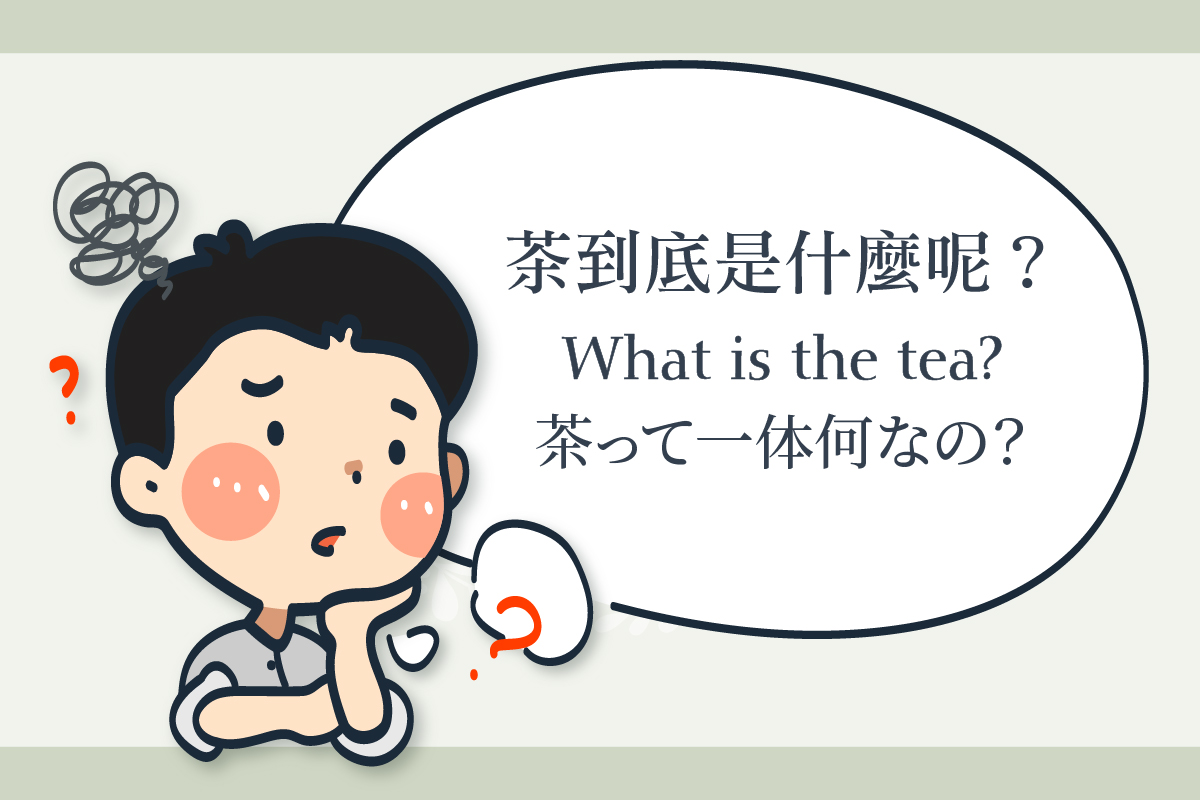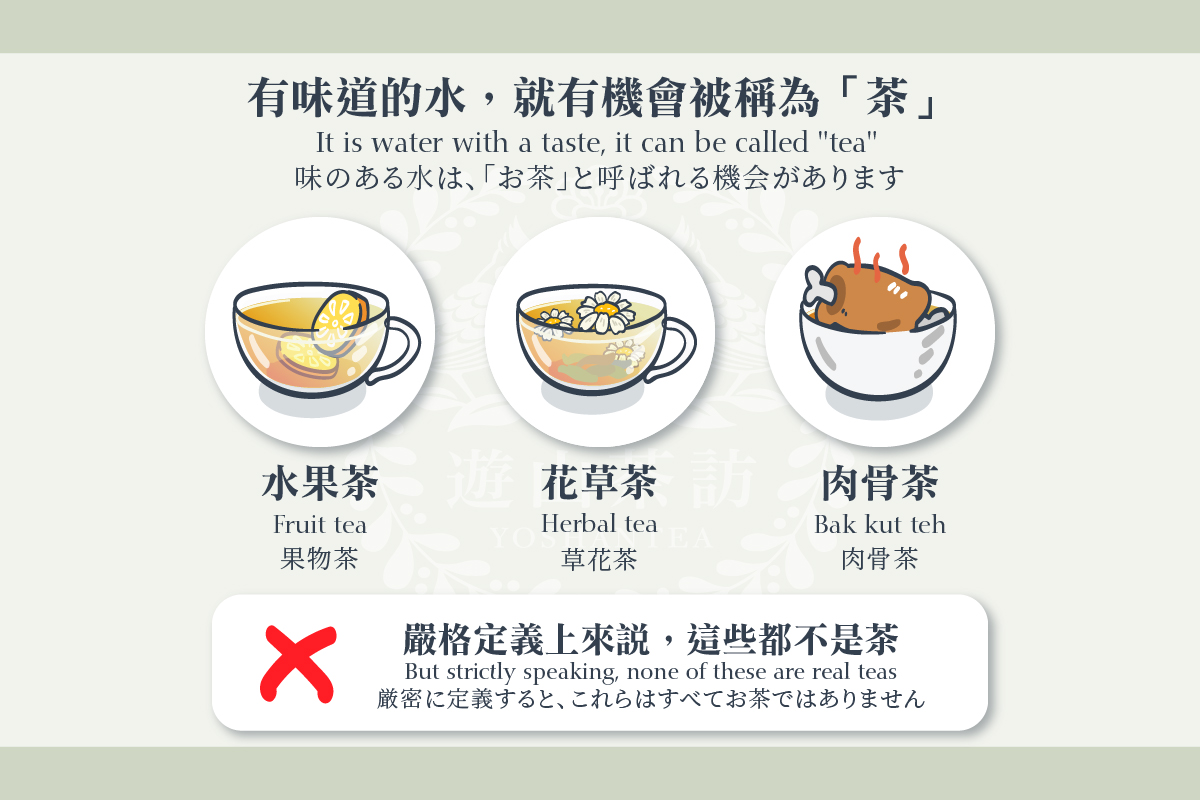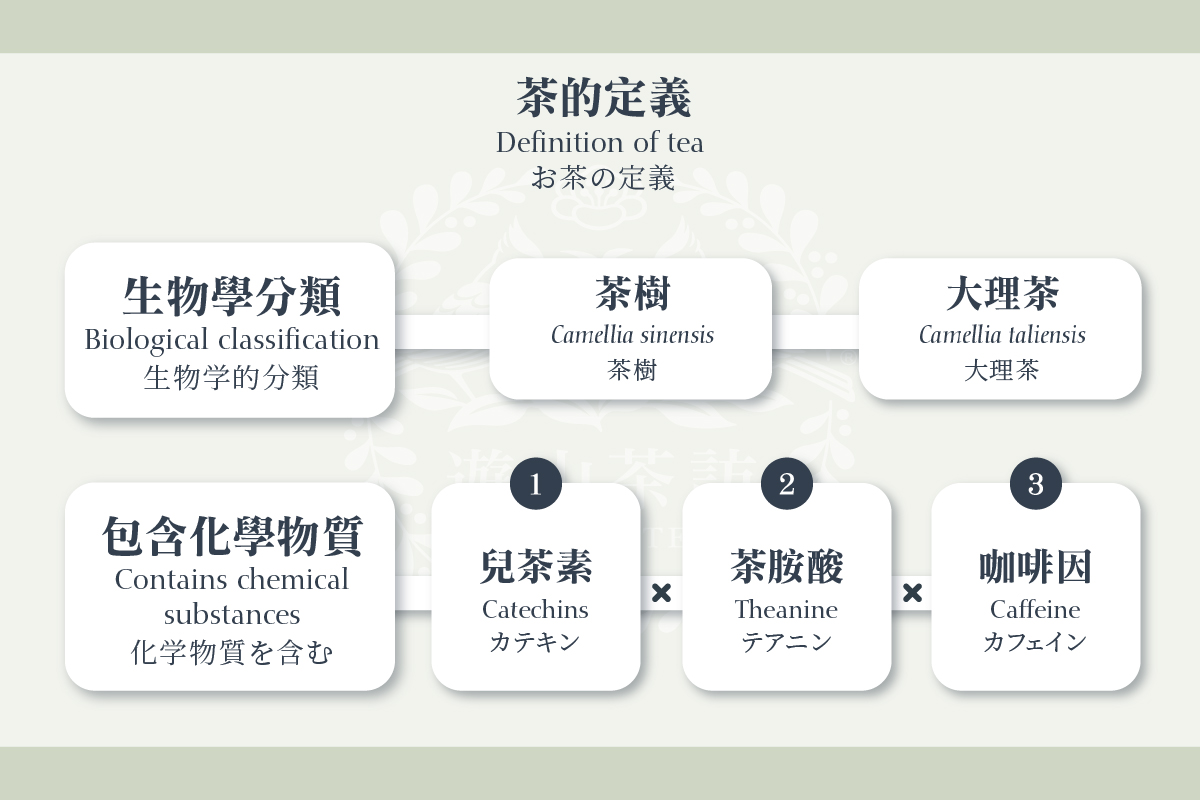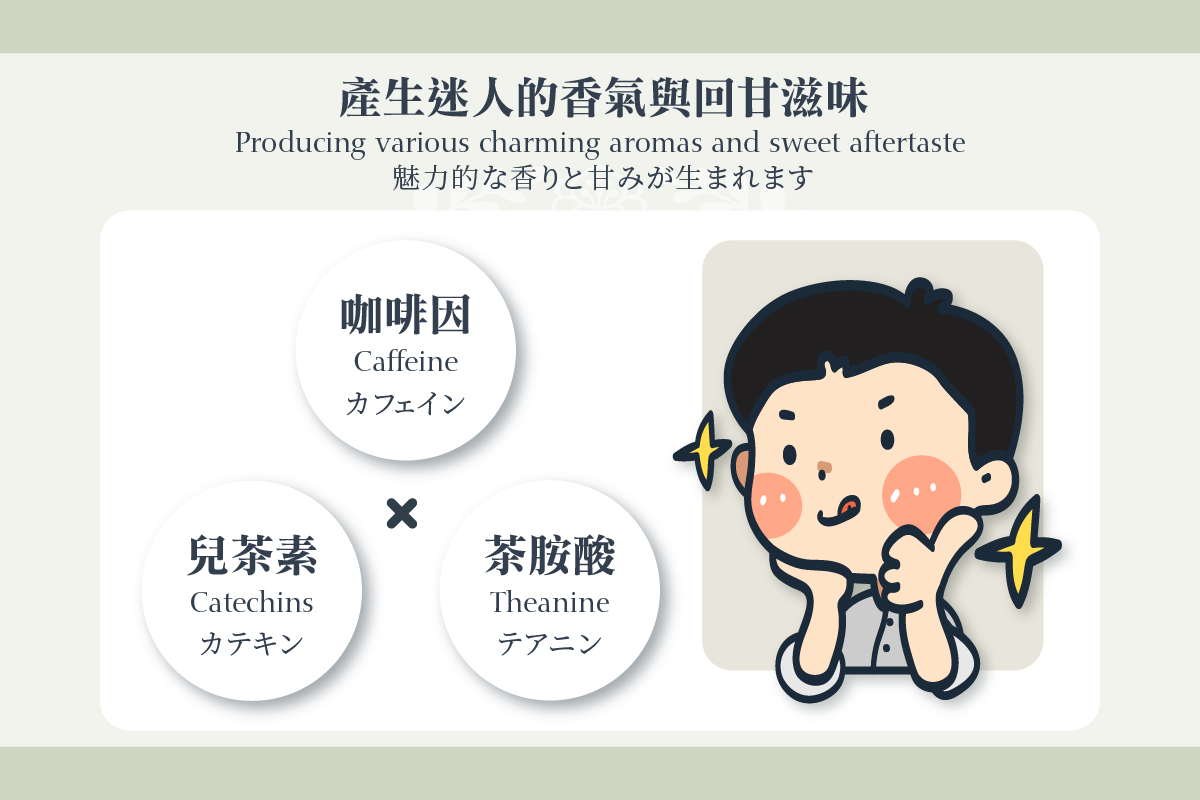Hi everyone, I'm Andy.
I am often asked by my friends if I can use their mulberry leaves or guava leaves to make oolong tea. Some people also asked why drinking tea can affect sleep, but drinking South African rooibos tea, fruit tea, and vanilla tea are all right.
These questions are interesting.
Today I’m here to talk to you about what constitutes “tea”.
Generally speaking, as long as it is water with a taste, it can be called "tea". Such as fruit tea, herbal tea, and even bak kut teh.
But strictly speaking, none of these are real teas.
True tea refers to beverages made from the leaves or buds of the tea plant.
Tea tree is a plant of the genus Camellia in the family Theaceae. Camellia sinensis and Dali tea Camellia taliensis are used for making tea. Other Camellia plants, such as Camellia oleifera and Camellia japonica are not suitable for making tea.
Then why does "tea" have so many aromas and flavors?
This is thanks to some key chemicals in tea such as catechins, theanine, caffeine and more. These substances will undergo degradation and oxidation reactions during the tea making process, producing various charming aromas and sweet aftertaste.
Therefore, if the plant does not have chemicals such as catechin, theanine, and caffeine, it cannot be regarded as real "tea".
| Biological classification | Contains chemical substances |
Definition of tea | Camellia sinensisCamellia taliensis | CatechinsTheanineCaffeine |
Further reading: A picture to understand the types of Taiwan oolong tea
Online shop: https://shopping.yoshantea.com.tw/en/
#yoshantea #taiwantea #dongdingtea #oolongtea #teafacotry #FSSC22000








